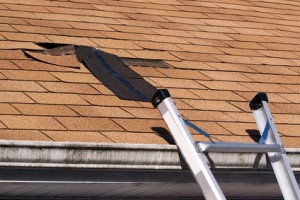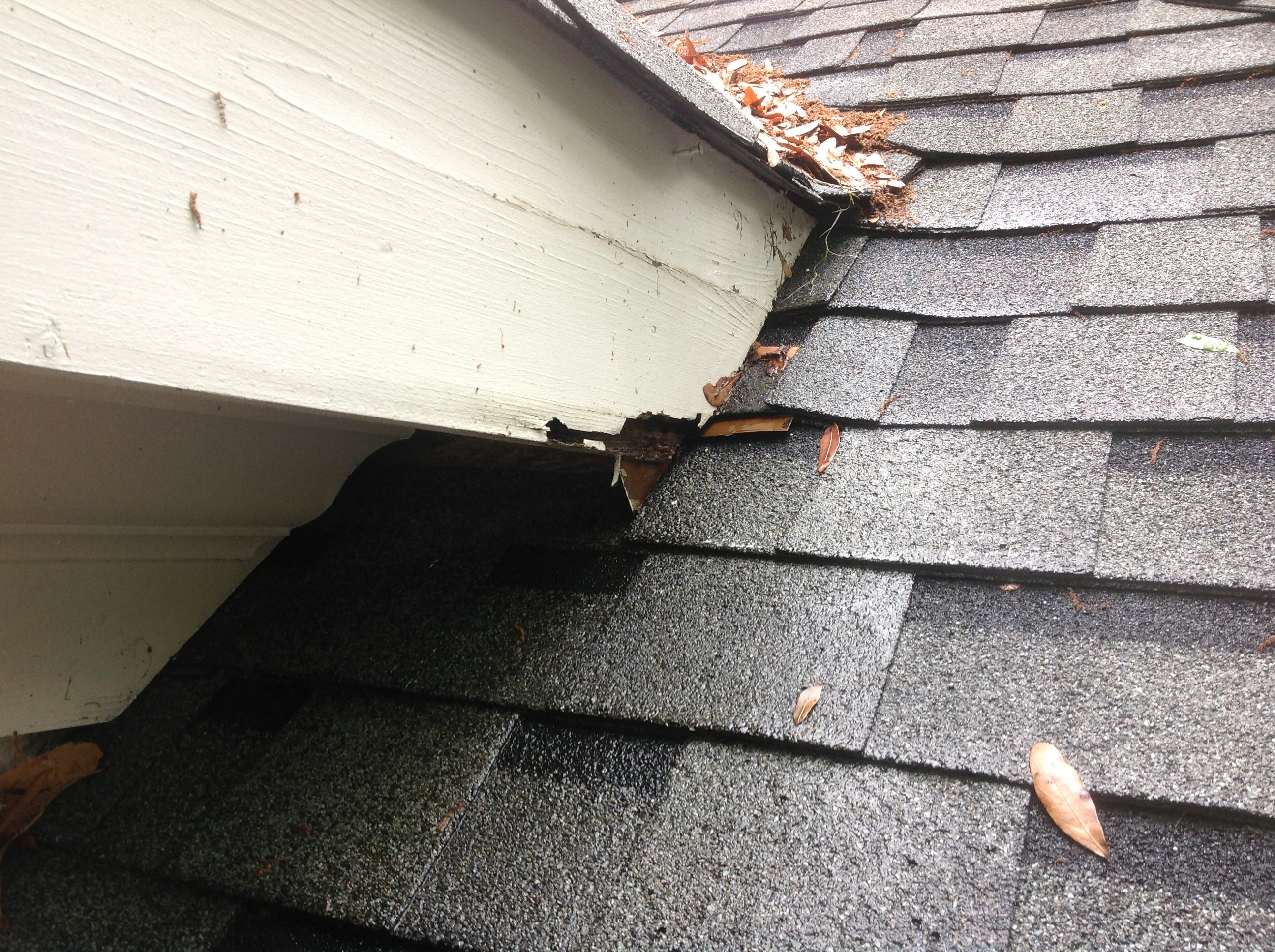Roofing Oahu: Specialist Professional Roofer for Your Oahu Home
Checking Out the Numerous Sorts Of Roofings: Which One Is Best for Your Home?
When thinking about the myriad types of roofings offered, it is crucial to review just how each alternative straightens with your home's one-of-a-kind needs, including climate conditions, visual preferences, and architectural capability. From the timeless gable roof covering that successfully networks rain to the modern-day level roofing offering city adaptability, each style offers distinctive advantages and difficulties.
Saddleback Roof
Gable roofings, defined by their triangular shape and sloping sides, are a preferred option among property owners seeking both visual appeal and capability. This roofing style successfully enables reliable water overflow, minimizing the threat of water merging and succeeding damage. Additionally, the steep inclines produce ample attic room area, which can be used for storage space or even exchanged living areas.
Among the key benefits of gable roof coverings is their ability to hold up against extreme weather. The design helps in lessening wind resistance, making them particularly ideal for areas susceptible to tornados. Moreover, gable roofs can be constructed utilizing a selection of materials, consisting of roof shingles, floor tiles, and steel, providing home owners with versatility in style and budget plan.
From an architectural point of view, gable roofs can improve the aesthetic charm of a home, supplying a classic and timeless look. They can match numerous architectural designs, from typical to modern styles. Nonetheless, it is important to think about potential disadvantages, such as the sensitivity to snow buildup in colder environments. Overall, saddleback roofs continue to be a popular choice as a result of their equilibrium of practicality and style, interesting a wide variety of home owners.
Flat Roofs
While typically ignored in support of more conventional roofing system styles, flat roof coverings provide distinct advantages that satisfy specific building demands and modern-day layout choices. These roofs are characterized by their very little pitch, permitting efficient use of area, particularly in city settings where taking full advantage of square footage is necessary.
One considerable benefit of flat roof coverings is their flexibility. They can be made use of as extra home, such as roof yards, outdoor patios, or photovoltaic panel installments, improving the functionality of a home. In addition, flat roofs are typically much easier and more secure to navigate during maintenance, helping with repairs and assessments without the challenges positioned by steep inclines.
Flat roofing systems can also be more cost-efficient in terms of products and setup. With a simpler layout, they typically require less sources, equating right into lower labor prices. Nevertheless, it's crucial to think about water drainage and waterproofing, as flat roof coverings can be susceptible to merging water if not effectively designed.

Hip Roofings
Hip roofings stand out for their sophisticated layout and structural honesty, making them a popular option amongst house owners. Defined by inclines on all four sides, hip roof coverings offer a well-balanced visual that complements numerous building styles - roof repair oahu. The symmetrical nature of these roofing systems aids to disperse weight equally, enhancing stability and longevity
One of the vital advantages of hip roofing systems is their capability to hold up against rough climate conditions. The sloped surfaces facilitate efficient water drainage and snow runoff, reducing the danger of leaks and architectural damage. Furthermore, the layout decreases wind resistance, making hip roofs less susceptible to wind uplift contrasted to various go to website other roof covering kinds.


Lost Roofs
Shed roofings, unlike the intricacy of hip roofing systems, supply a minimalist and visit homepage streamlined layout that attract modern-day appearances. Identified by a single sloping surface area, shed roofings are frequently utilized in contemporary design, garden sheds, and other functional frameworks. This simplicity not just enhances aesthetic appeal yet also permits reliable water drainage, making them appropriate for numerous climates.
Among the key benefits of shed roofs is their cost-effectiveness. With fewer materials required and a straightforward setup procedure, home owners can conserve both money and time. The design also permits the incorporation of large windows or skylights, promoting natural light and producing spacious interiors.
However, it is important to take into consideration the possible downsides, consisting of limited insulation options and the need for careful design to stay clear of excessive warm accumulation. Furthermore, dropped roofing systems may not blend seamlessly with standard design, which could be an issue for some homeowners.
Ultimately, lost roofing systems provide a trendy and useful roofing service for those looking for modernity and effectiveness. When choosing a roofing system type, evaluating individual functional needs and aesthetic preferences will certainly direct home owners to the very best choice for their one-of-a-kind requirements.
Mansard Roofing Systems
Mansard roofs, identified by their distinct four-sided style, are a hallmark of French style that integrates elegance with performance. This building style includes two inclines on each side, with the lower incline being steeper than the upper one. The unique arrangement allows for added living area in the top degrees, making it a perfect selection for property owners looking for to make the most of useful area web without broadening the building's impact.
Among the considerable benefits of a mansard roofing is its versatility. It can be adapted to various architectural designs, from typical to modern, boosting the visual charm of any type of home. Additionally, the sufficient space produced under the roof can quickly fit dormer home windows, which permit all-natural light and ventilation, additional boosting the convenience of the living area.
Nonetheless, possible home owners need to consider the maintenance needs associated with mansard roof coverings. Installment expenses might be higher compared to simpler roof layouts due to the complexity of construction.
Conclusion
Each roof design presents one-of-a-kind advantages, such as the performance of gable roofings, the modern-day appeal of shed roofings, and the stability of hip roofings. Level roofing systems supply practicality for city environments, while mansard roof coverings provide extra living space in spite of greater setup costs.
From the traditional gable roof that effectively networks rain to the modern level roofing offering urban flexibility, each style provides distinctive benefits and challenges (roof repair oahu). Additionally, the design lessens wind resistance, making hip roof coverings less vulnerable to wind uplift contrasted to other roofing kinds
Lost roofs, in contrast to the complexity of hip roofings, provide a minimal and streamlined design that appeals to modern visual appeals. Each roof covering style presents distinct advantages, such as the effectiveness of gable roofings, the contemporary charm of shed roofings, and the stability of hip roofs. Flat roofs offer practicality for urban atmospheres, while mansard roofs give additional living room regardless of greater installment costs.